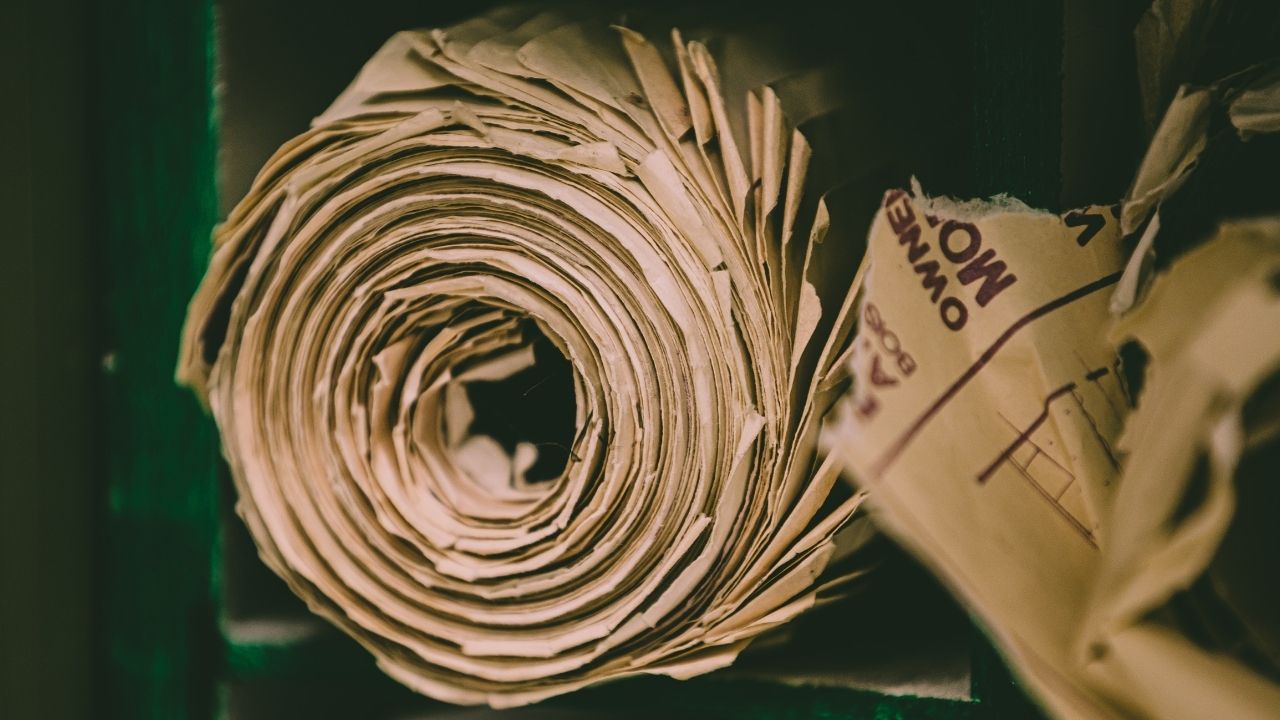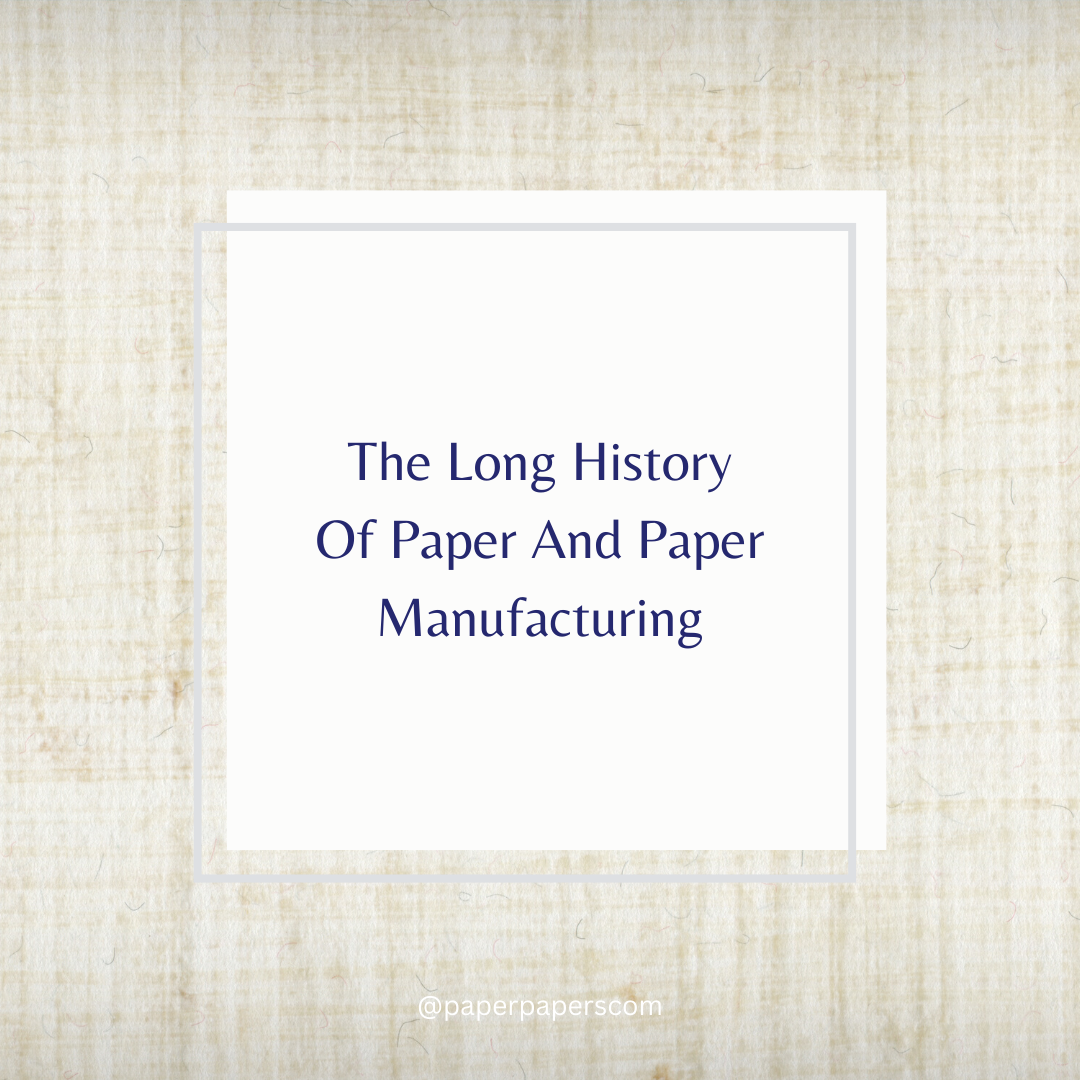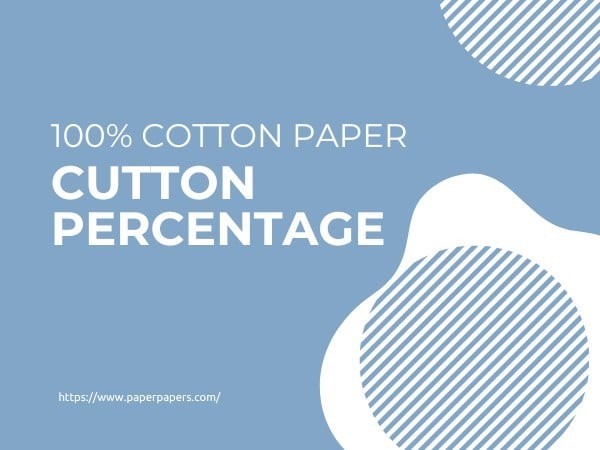The Long History Of Paper And Paper Manufacturing
The craft of papermaking has been honed over thousands of years, and the paper manufacturing processes that are used today share some similarities with the first primitive processes.
From the paper that your child uses to complete their homework to the parchment paper sitting on the cookie sheet in your oven, we use a broad range of paper products every day. What is the history of paper, and how have things evolved?
The Origin of Paper
Today, paper manufacturing occurs on a very large scale with massive machines that process significant amounts of material to create the paper that we use every day. However, the origin of paper can be traced back over 2,000 years to China.
Chinese court officials and scribes would record things on bamboo, which was heavy, or silk, which was sometimes impractical and costly to use just for taking notes.
Ts’ai Lun was a court official who sought a solution to this problem that could be transported more easily and created more affordably. Chinese inventors began to use sheets crafted from mulberry, hemp fibers, and rags to create a pulp that was then pressed into sheets and allowed to dry.
This paper was a valuable writing surface and the first incidence of the pulp to paper method.
Over time, this technology spread to other countries that were able to start their own rudimentary paper manufacturing. It took over 500 years for a paper mill to be founded in Europe. Many countries refined the paper manufacturing process over the years.
For example, Spain discovered that waterwheels were a more efficient energy source for paper mills.
In 1453, the printing press was invented. This completely transformed the world as we know it, as it made it easier to mass-produce content. Of course, with the mass production of texts came the need for more paper.
From there it flourished as businesses and wealthy individuals wanted to print legal documents, books, religious texts, and more. Due to the cost involved in producing paper, it remained inaccessible to many people. From there, paper manufacturing companies were created.
A Shortage of Fibers
European paper mills and many other countries used cotton and linen fibers for paper manufacturing. While these rags were in heavy supply for a long period, eventually the demand surpassed the number of raw materials that mills needed to do their job.
At this point, paper mills stopped using cotton and linen and changed over to wood pulp. In response to the usage of wood pulp, a new paper manufacturing machine was created.
Thanks to the invention of new machinery and the easy availability of wood pulp, paper became much more affordable for the average consumer. Novels, newspapers, and other paper products were becoming commonplace.
With these changes, paper manufacturing in Britain grew from 96,000 tons of paper produced annually in 1861 to a whopping 650,000 tons of paper produced in the year 1900.
An Era of Eco-Friendly Paper Manufacturing
As with every major industry, as paper manufacturing has continued to evolve, new techniques that are designed to be more environmentally friendly have been developed and popularized. Paper requires a significant amount of resources when it is created from wood pulp.
After all, the wood that is used to create the paper must go through numerous processes that require water and electricity to create the final sheet.
Today’s consumers can feel great about the paper manufacturing process. Many different sustainable fibers are incorporated in recycled paper, like used cardboard boxes or envelopes, old magazines, recycled newspapers, wood fibers that are harvested from certified forests, and other plant pulps. Factories also have mastered processes that minimize the energy and water used.







